New Salivary Multi Drug Test
- cannabis at a threshold of 15 ng/mL (Δ9 -THC)
- cocaine at a threshold of 40 ng/mL
- amphetamines at a threshold of 50 ng/mL
- opiates at a threshold of 20 ng/mL
-
- Quick and easy interpretation
- Result in 10 minutes
- Patented technological innovation
- Complies with the Council of State (CE n°394178 of 05/12/16)
14,40 €
In stock
Medisur guarantees
- Delivery in 24/48h
- Customer service at your service
- Secure 100% payment
BIOLOGY OF THE SALIVARY MULTI-DRUG TEST
This saliva test detects the recent consumption of several drugs: cannabis (THC), opiates, amphetamines and cocaine. Δ9-THC is the main psychoactive component of cannabis. After consumption, it appears in this form in the saliva. Cannabis consumption can lead to disorders of the central nervous system, by altering sensory perception, coordination and memory. Opiates are used as analgesics in medicine and also as narcotics for their euphoric action.
The side effects are numerous: nausea, vomiting, disruption of the sleep cycle. Amphetamines are psychostimulants, they are used illegally in festive, professional or sporting environments to reduce feelings of pain, fatigue and hunger, prolong wakefulness and physical endurance. Side effects include depressive, anxious, confusional symptoms, sleep disturbances, cardiovascular disorders. Cocaine is a powerful central nervous system stimulant. Extracted from coca leaves, cocaine is originally a painkiller. In the short term, cocaine has a brief and intense high followed by a deep depression. In the long term, cocaine damages the heart, kidneys, brain and lungs.
EPIDEMIOLOGY OF THE SALIVARY MULTI-DRUG TEST
After alcohol and tobacco, cannabis is the most used psychoactive substance in France with 5 million users per year, the fourth is cocaine with 600,000 users per year. The use of amphetamines is more widespread in the party environment, and in 2017 concerned 2.3 % among 17-year-olds during their lifetime. In 2017, 24,400 people were hospitalized (including in psychiatric hospitals and in follow-up and rehabilitation care) with an associated or related main diagnosis of behavioral disorders related to the use of opiates. 8 % of road safety offenses are due to the consumption of narcotics.
PRINCIPLE OF THE SALIVARY MULTI-DRUG TEST
The Multi Drug test is a rapid chromatographic immunoassay for the detection of 4 types of drugs in saliva.
- cannabis at a threshold of 15 ng/mL (Δ9 -THC)
- cocaine at a threshold of 40 ng/mL
- amphetamines at a threshold of 50 ng/mL
- opiates at a threshold of 20 ng/mL
- Quick and easy interpretation
- Result in 10 minutes
- Patented technological innovation
- Complies with the Council of State (CE n°394178 of 05/12/16)
PURPOSE OF THE SALIVARY MULTI-DRUG TEST
The aim of the test is to obtain an indication of recent use of different drugs. Multi-drug test detection times depend on several factors including dose. On average, cannabis is detectable for up to 12 hours in an occasional user and up to 24 hours in a regular user. Cocaine is detectable from 1 a.m. to 9 p.m. Amphetamines are detectable from 10 minutes to 72 hours. Opiates are detectable from 10 minutes to 24 hours.
The multi-drug test is not a tool allowing the user to avoid police checks. The consumption of drugs, unlike alcohol, being prohibited in France, the tests of the gendarmerie detect "the slightest trace". The driver would face heavy criminal penalties.
WHO TO RECOMMEND IT TO SALIVARY MULTI-DRUG TEST
To the consumer who wishes to self-evaluate in order to become aware of the persistence over time of drugs in his body and therefore of the risks he would take to drive or work in a high-risk position.
To his entourage in order to assess the reality of drug use and to initiate a dialogue on prevention.
PRECAUTIONS FOR USE
- Use this text externally only.
- Read the instruction manual carefully before performing the test.
- Store between +2°C and +30°C. Do not freeze.
- Do not use after the expiry date or if there is a damaged sachet.
- Do not reuse this test.
- Keep out of reach of children.
- After use, dispose of all components in the trash.
PACKAGE PACKAGING
The box contains the necessary equipment for a test:
- 1 aluminum sachet containing 1 screening device
INTERPRETATION OF THE RESULT
Reading of the result after 10 minutes.
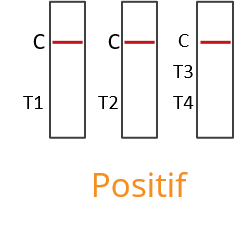
Positive to substances 1 and 3 and nnegative to substances 2 and 4
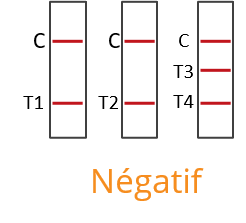
Negative to substances 1, 2, 3 and 4
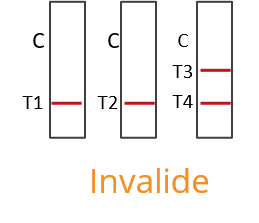
Invalid the C band does not appear, the test is invalid
Do not perform for more than 20 minutes.
Notice
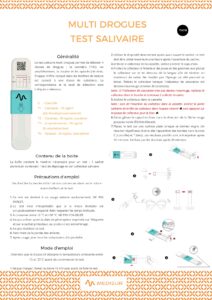
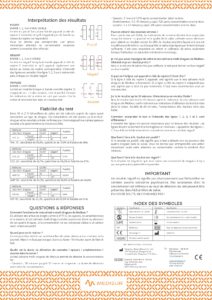
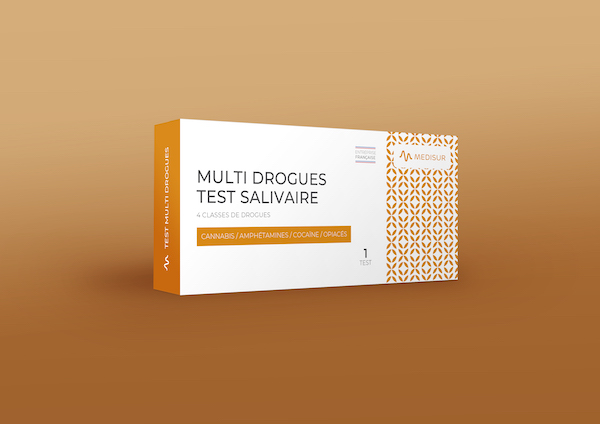
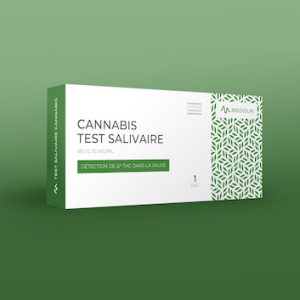
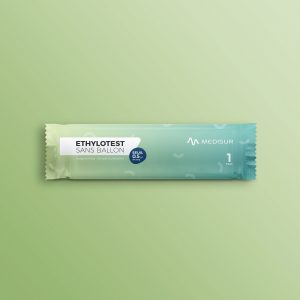
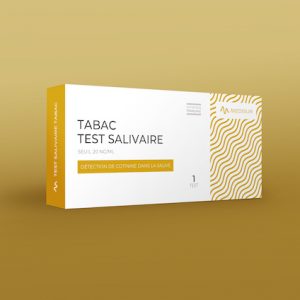
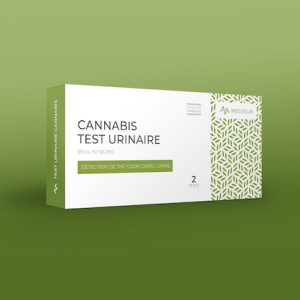
Reviews
There are no reviews yet.